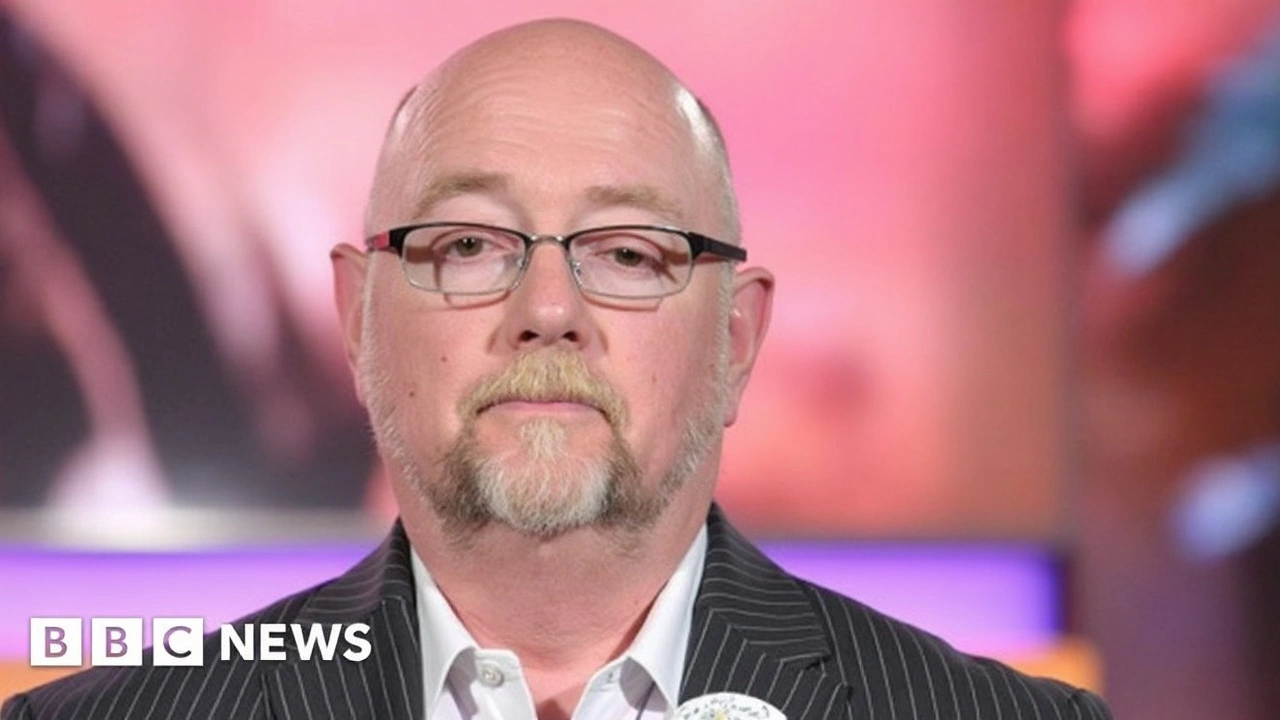James Whale – Director of Classic Horror and Film History
When you hear the name James Whale, the British‑born filmmaker who shaped early Hollywood horror. Also known as James Whale (director), he took the scary stories of the 1930s and turned them into cinema landmarks. His most famous work, Frankenstein (1931), a landmark horror film that introduced the iconic monster to moviegoers, proved that a director could blend atmosphere, drama, and the supernatural into a single, unforgettable experience.
Whale didn’t work alone. He teamed up with Boris Karloff, the actor whose towering presence defined the creature in "Frankenstein" and other monster roles. Their partnership turned a simple lab experiment gone wrong into a cultural touchstone that still haunts pop culture. At the same time, Universal Studios, the studio that built the "Universal monster" brand in the 1930s provided the resources and marketing muscle to launch a whole series of horror classics. The result was a golden era of classic horror cinema, films that defined the genre’s visual style and storytelling conventions for generations.
Why James Whale Still Matters Today
First, Whale’s visual style set a template for horror. He used deep shadows, dramatic lighting, and stark set designs to create tension without relying on modern special effects. For example, the iconic laboratory scene in "Frankenstein" uses simple fog and strategic framing to make the monster feel both real and otherworldly. Second, his storytelling balanced empathy and terror; the monster isn’t just a monster, it’s a tragic figure yearning for acceptance. This human‑like portrayal influenced later directors like Tim Burton and Guillermo del Toro, who often give their monsters a soulful edge.
Beyond his movies, Whale’s personal story adds another layer to his legacy. He was openly gay in an era when such openness risked career ruin, and his experiences have sparked renewed interest in LGBTQ+ history in Hollywood. Scholars point to his nuanced characters and the subtext of otherness as reflections of his own life. This intersection of art and identity makes Whale a compelling figure for both film buffs and cultural historians.
Whale also helped shape the business side of horror. By delivering box‑office hits, he proved that terrifying themes could be profitable, encouraging studios to invest in sequels and spin‑offs. The "Frankenstein" franchise, for instance, spawned dozens of follow‑ups, cementing the concept of a horror franchise long before modern blockbuster sequels took over.
Finally, Whale’s influence extends into modern media. Video games, graphic novels, and streaming series all draw from his visual language—think of the elongated shadows in "Castlevania" or the tragic monster archetype in "The Witcher". When you spot a modern monster that feels both terrifying and sympathetic, you’re often seeing Whale’s fingerprints.
All these threads—direction, collaboration, studio power, personal narrative, and lasting cultural imprint—are woven together in the collection of articles below. Whether you’re after behind‑the‑scenes stories, analyses of his film techniques, or discussions of his role in LGBTQ+ history, you’ll find a range of perspectives that showcase why James Whale remains a pivotal name in cinema. Dive in to discover the depth of his work and its ripple effects across film and pop culture.

